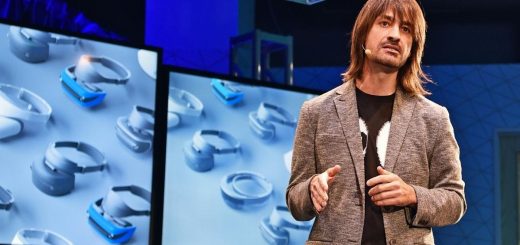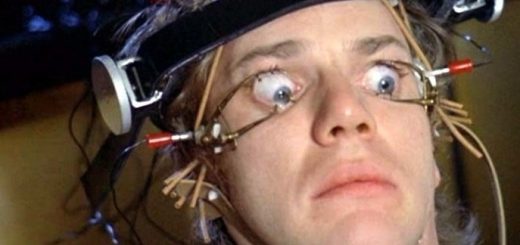DF Direct Weekly: has Nintendo Switch hits its limits – and do we need a next-gen successor?
Six years is a decent run for a console – even more so for a machine based on what was already out-dated technology – so is it time for Nintendo to replace Nintendo Switch with a next-gen successor? That’s the key topic covered in DF Direct Weekly today, as myself, John Linneman and Alex Battaglia take a look at the machine’s current titles and wonder what might happen next.
To begin with, it’s worth stressing just how much of a runaway success Switch has been, simply by virtue of being different, of offering a more flexible approach to gaming. By combining home console and handheld into one design, Nintendo didn’t have to compete against Xbox and PlayStation in terms of sheer horsepower and the new approach also allowed the firm to concentrate all of its resources into one singular product. This increased first-party game production, further bolstering the machine’s appeal. Bizarrely, the failure of Wii U also aided the Switch’s fortunes: Nintendo had an entire catalogue of brilliant first-party titles it could port to the new machine.
Also crucial to the machine’s appeal was the sheer breadth of third-party games – and therein lies another crucial aspect of Switch’s success. By ditching totally underpowered hardware lacking key features in favour of Nvidia’s Tegra X1, developers gained access to a modern GPU, backed by a flexible, performant graphics API. Targeting lower resolutions and cutting back features less likely to be missed on a handheld screen made the impossible possible: when I first went hands-on with Doom 2016 on Switch, I was astounded at what had been achieved on an underclocked mobile chipset.
In the here and now, it’s clear that things are changing. In this week’s Direct, we talk about the recent Mortal Shell as an example of how the latest ports aren’t holding up particularly well – and this one is particularly bad. We also discuss how even now, the performance level of the Switch is perfectly adequate for games built from the ground-up for the system – the recent Fire Emblem Engage is a good example of this.
00:00:00 Introduction00:00:37 News 01: Does the Switch need to be replaced?00:30:33 News 02: Xbox ‘Developer_Direct’ to showcase first-party games 00:39:30 News 03: Xbox becomes ‘first carbon aware console’00:49:43 News 04: Ubisoft has financial difficulties, cancels several upcoming games 00:57:01 DF Supporter Q1: Should Microsoft switch to rechargeable batteries for their controllers?01:03:31 DF Supporter Q2/3/4: Any thoughts on the PS5 liquid metal console damage story? 01:09:42 DF Supporter Q5: Could shader compilation be handled with a separate app while the PC idles? 01:14:52 DF Supporter Q6: In 10 years, will high-end PCs be able to brute force their way past compilation stutters?01:18:19 DF Supporter Q7: What do you think about gaming laptops? Is their negative perception just because of price for performance, or is there more to it? 01:23:03 DF Supporter Q8: What does DF think of producing the weekly DF Direct show at 4K?
However, the narrative that the Switch was running out of steam did actually begin with the arrival of a first-party title: Bayonetta 3. Yes, performance in Platinum Games titles is often variable, but here we were looking at highly inconsistent frame-rates even though the developers had raided the closet of optimisation techniques to the point where the game often looked ugly and even PS3-like. The game was – and is – great, but most of our criticisms would not be an issue if Bayonetta 3 were running on a more powerful system. It didn’t help that earlier footage distributed by Nintendo showed the game operating locked at 60fps – clearly not running on Switch and we might surmise that whoever was responsible for those assets was dissatisfied with how the game looked on the console and opted to show it on something with more horsepower.


